Thanks to AIA NJ for honoring two of our women leaders and AIA members this month as part of their Women in Architecture Month highlight. These posts originally appeared on the AIA NJ blog.
Donna Coen O’Gorman, AIA, Delivers Educational Design Excellence With Experience As A Client And An Architect
Donna Coen O’Gorman graduated from NJIT with a Bachelor of Architecture in 1981, when less than 8% of the School of Architecture’s graduating class were women.
Her career trajectory soon led her to educational work, a sector she has dedicated her professional life to for more than 25 years. She has been employed by the Newark Public Schools, Rutgers University, Kean University and the New Jersey Schools Development Authority.
In 2015, she retired from public service and joined DMR Architects. As a senior project manager, she brings the unique perspective of the client, as she spent the previous 25 years of her career working for the clients the DMR team services. Today her vision is mostly focused on educating her clients on how to support today’s learners in advanced, sophisticated and effective learning environments, while also helping to implement these projects in a cost-effective way.
During her six years at DMR, in addition to managing hundreds of projects, she organically expanded her role to client advocacy, business development and understanding evolving educational programming needs. Through a commitment to continuing education, conference involvement and thought leadership, she is a published author and a frequent lecturer on topics such as school security, new project delivery methods, and design trends. Her enthusiasm and skill earned her the position of DMR’s educational sector’s first Director of Business Development in 2021.
A licensed architect, Donna is also an empowering advocate for professional licensure, having achieved her professional registration when the percentage of women starting the licensure process hovered around 10% of all applicants, with even less completing the process, as reported by The National Council of Architectural Registration Board.
Consistency and Strong Relationships Push Janet Pini, AIA, To The Top
In 2002, shortly after graduating from NJIT with a Bachelor of Architecture degree, Janet Pini joined the production department at DMR Architects. Now a senior project manager and associate of the firm, she rose through the ranks of DMR, advancing from a graduate architect to her current role as one of DMR’s most senior project managers and the first woman member of DMR’s management team.
Having spent her entire career at DMR, Janet distinguished herself at every level of the firm, consistently taking on new responsibilities, mastering her understanding and ability to communicate complex codes and procedures, and forming meaningful and lasting relationships with clients, some of which have worked with her consistently for more than 10 years.
In every role, Janet has been assigned to some of DMR’s most complex projects, helping to bring to life projects such as a new 350,000 SF educational campus, four new college academic buildings, a specialty emergency operations center, sophisticated healthcare environments and more than 300 architect of record projects for DMR’s preK-12 clients.
Now a licensed architect, today Janet leads entire project teams, in addition to management responsibilities as an associate of the firm. Drawing on her own path of growth at DMR, Janet has committed herself to staff development and mentorship, leading efforts at DMR to engage DMR’s multi-generational workforce, counsel early-career architects, communicate and emulate DMR’s values to new staff, and provide professional guidance and learning opportunities.



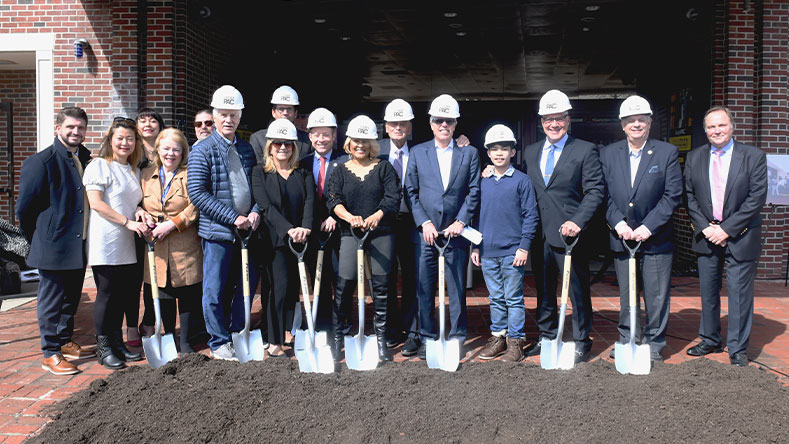


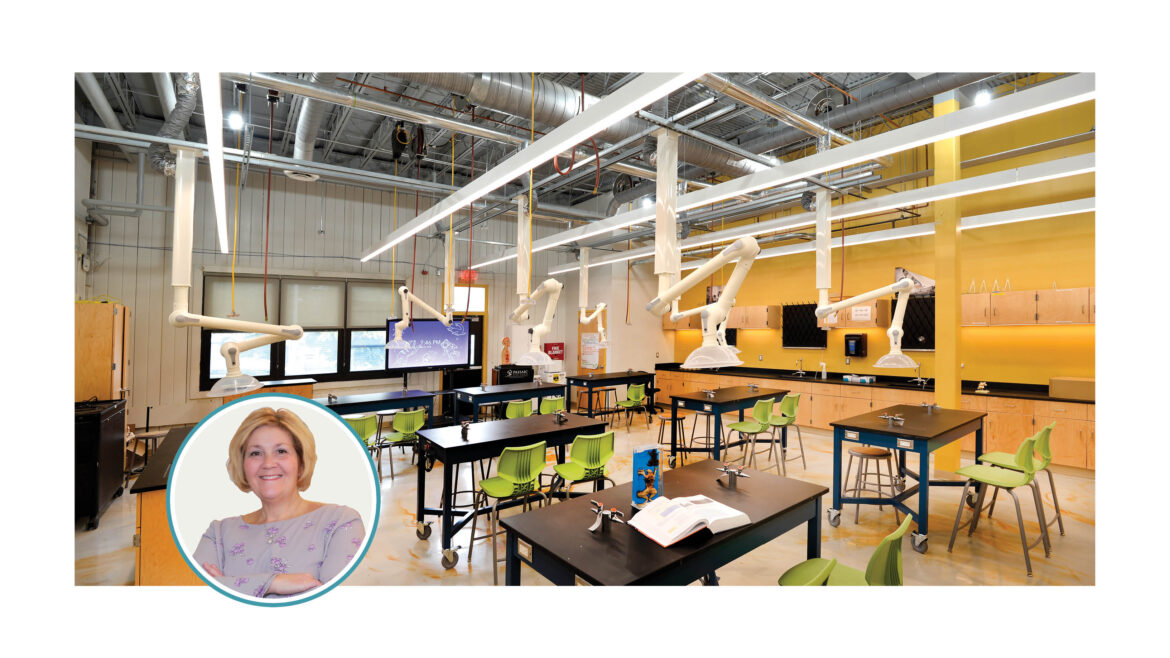
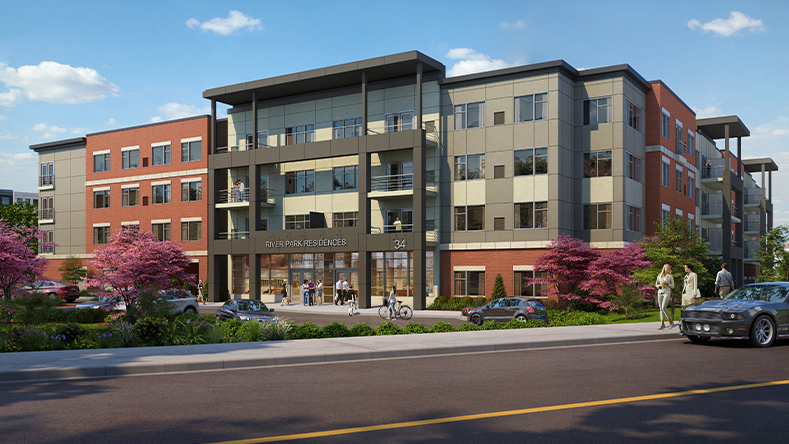
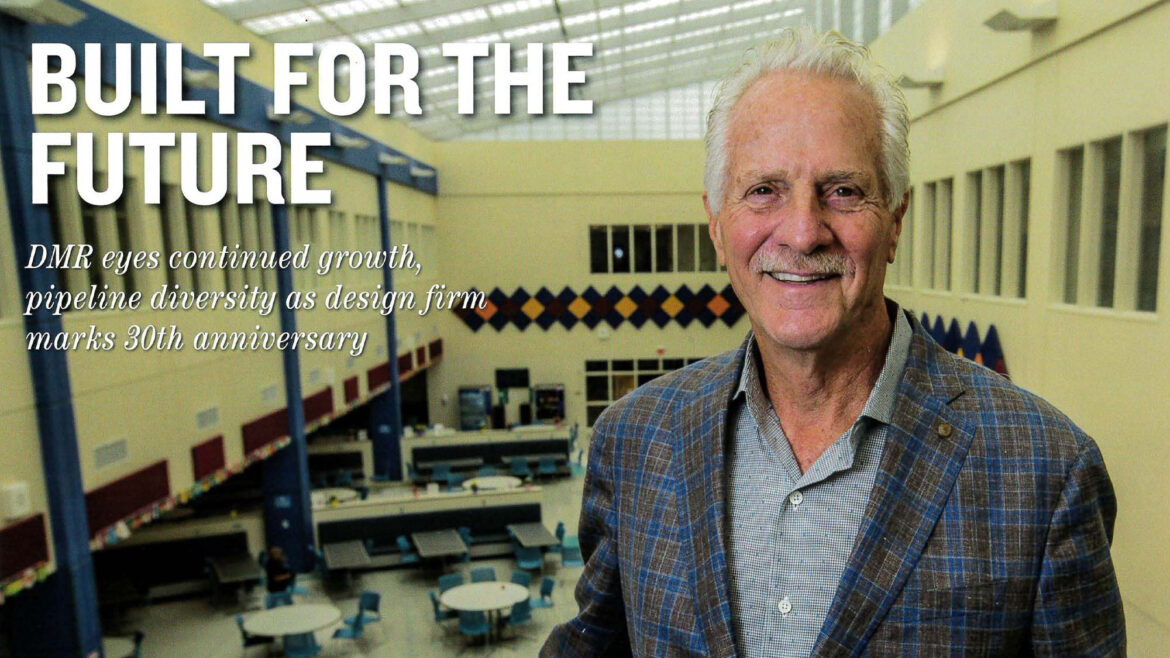
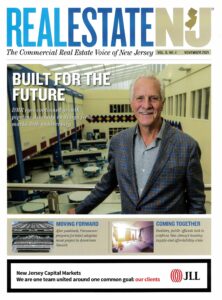 By Joshua Burd
By Joshua Burd
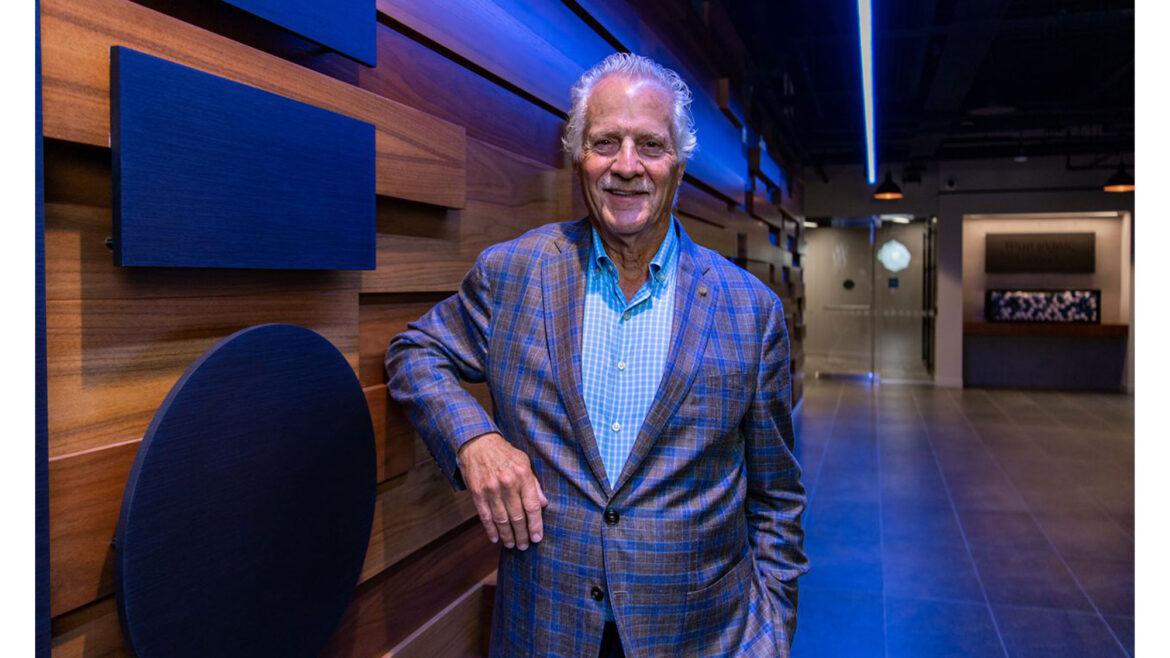
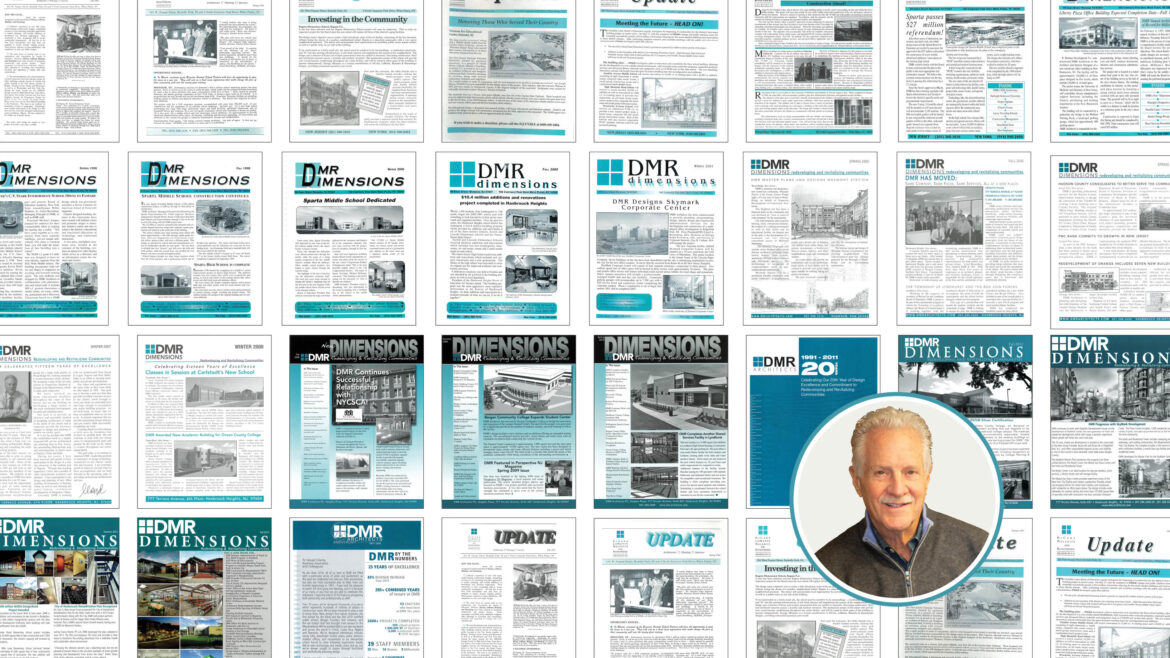
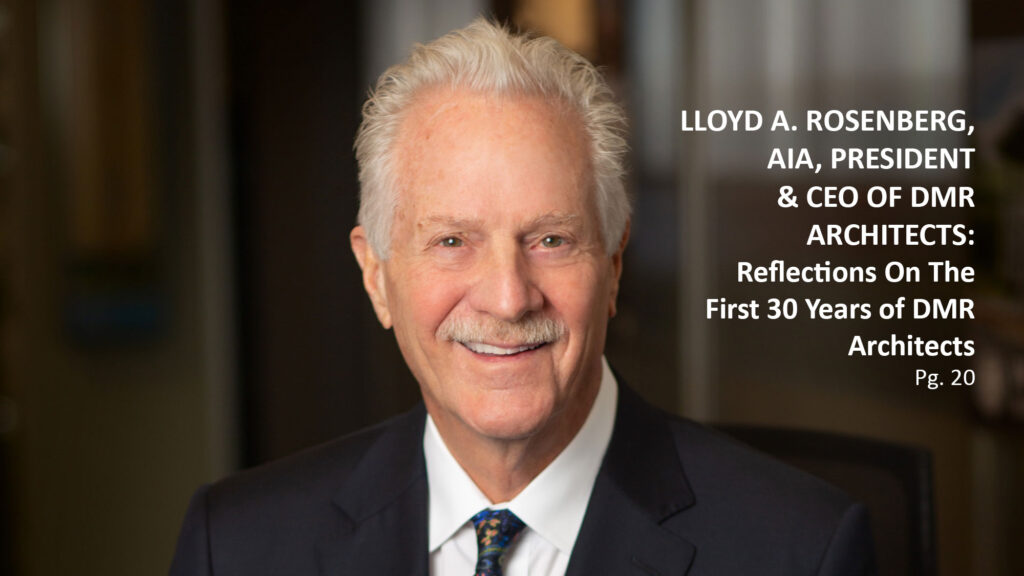 My career prior to founding DMR provided a wide variety of experiences and projects that were excellent preparation for creating and running the practice we have today. I built an entire city in Nigeria, where I would spend three months at a time and once even hid out in a safe house during a coup. I also designed a $100 million luxury apartment complex that received attention as the units were rentals, an uncommon concept at the time.
My career prior to founding DMR provided a wide variety of experiences and projects that were excellent preparation for creating and running the practice we have today. I built an entire city in Nigeria, where I would spend three months at a time and once even hid out in a safe house during a coup. I also designed a $100 million luxury apartment complex that received attention as the units were rentals, an uncommon concept at the time.